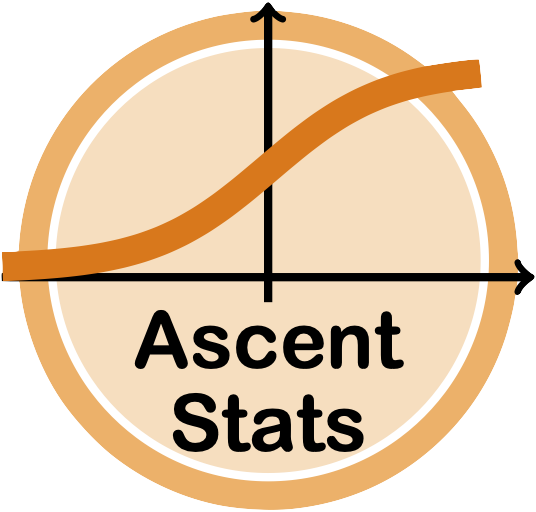The new era: 2025's historic IFSC boulder season
The 2025 IFSC Boulder World Cup season has already delivered some of the most remarkable performances in competition climbing history, despite being only halfway through. Our latest ELO analysis reveals a seismic shift in the competitive landscape, with new stars emerging and established champions notably absent.
Sorato Anraku’s unprecedented dominance
At just 18 years old, Sorato Anraku has achieved what many thought impossible: the highest ELO rating ever recorded in men’s competition climbing. His 3092 ELO surpasses even the legendary peaks of Tomoa Narasaki (2964 in 2019) and Adam Ondra (2885 in 2010). With three gold medals already this season, Anraku isn’t just winning—he’s redefining what dominance looks like in modern competition climbing.
What makes this achievement even more remarkable is the context. The 2025 field is arguably the strongest we’ve ever seen, with multiple climbers posting career-best performances. Yet Anraku stands head and shoulders above them all, suggesting we may be witnessing the emergence of climbing’s next generational talent.
The French revolution in women’s climbing
Perhaps the biggest story of 2025 is the breakthrough of Naïlé Meignan. Her 2700 ELO rating places her third all-time among women climbers, behind only Janja Garnbret (3039) and Natalia Grossman (2995). But here’s what’s truly impressive: she’s achieving this in direct competition with Oriane Bertone, who herself is posting a career-best 2672 ELO.
The French women’s team has long been strong, but 2025 marks their arrival as a dominant force. Meignan’s rise is particularly noteworthy as she’s not just filling a void left by absent stars—she’s establishing herself as a genuine superstar in her own right.
The Olympic effect
The absence of several top climbers reveals how profoundly the Olympics have reshaped the competitive calendar. Janja Garnbret, still the highest-rated climber of all time, has been selective in her appearances. Natalia Grossman is recovering from knee surgery, a reminder of the physical toll elite competition takes. Brooke Raboutou has stepped away from the competition circuit to pursue outdoor projects, a choice that reflects the sport’s evolving priorities.
This pattern suggests that the Olympics have become the primary goal for elite climbers, with the World Cup circuit serving as preparation rather than the ultimate destination. The four-year Olympic cycle is creating natural ebbs and flows in participation, with post-Olympic years seeing veterans take breaks while new stars emerge.
A historic field despite the absences
What’s remarkable about 2025 is that even without several all-time greats, the field strength remains extraordinary. Consider that:
- Two men have already posted top-10 all-time season ELOs (Anraku and Lee)
- Three women have achieved the same feat (Meignan, Bertone, and Sanders)
- The depth of competition is unprecedented, with climbers outside the top 10 posting ELOs that would have won competitions just a few years ago
Looking ahead
As we approach the second half of the season, several questions loom large:
- Can Anraku maintain his historic pace and potentially push beyond 3100 ELO?
- Will Meignan continue her ascent and challenge the 2700+ ratings previously reserved for Garnbret and Grossman?
- How will the return of Olympic stars in future seasons impact these emerging champions?
One thing is certain: 2025 is already a landmark year in competition climbing. We’re witnessing not just individual excellence, but the evolution of the sport itself. The post-Olympic era has created space for new narratives, new champions, and new benchmarks of excellence.
The data tells us this is one of the strongest fields ever assembled. The performances tell us we’re watching history being written, one hold at a time.
ELO ratings are calculated using a Bayesian statistical model based on head-to-head performance data from IFSC World Cup Boulder competitions since 2008. The 2025 ratings reflect partial season data through May.
 AscentStats
AscentStats